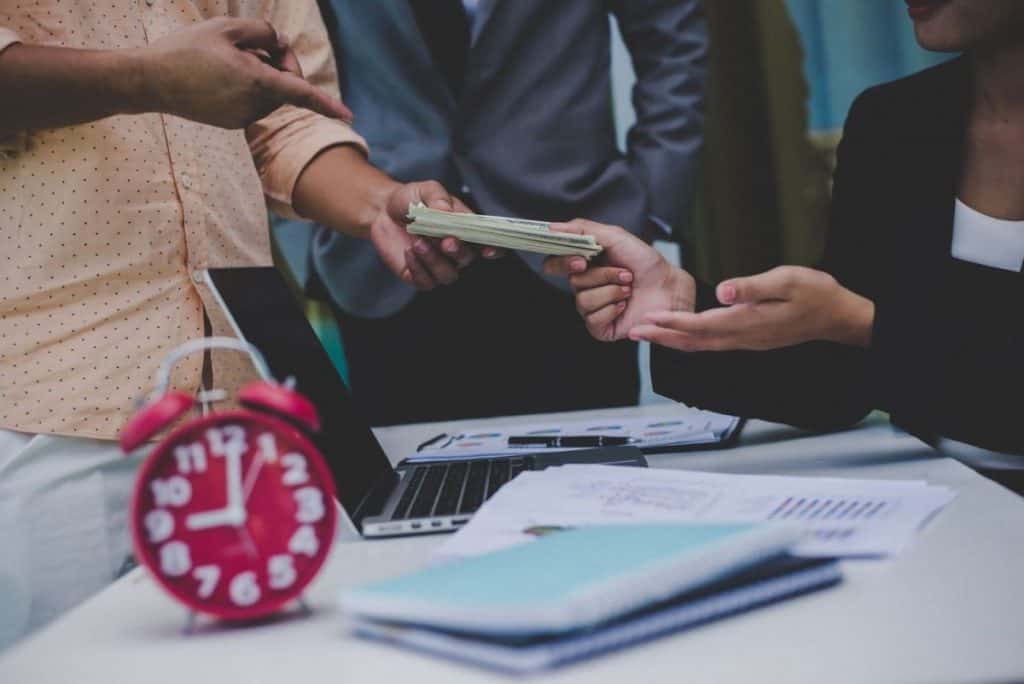How to Get Rid of Overload Content With AI Summarizing Tool

With the rise of the digital age, the amount of content available on the internet has exploded exponentially. This has created a major problem of information overload, where individuals are inundated with a flood of data and find it difficult to process and retain relevant information. The abundance of information can be overwhelming, making it challenging for people to stay up-to-date and informed. The overload of content not only causes a lack of productivity, but it can also lead to stress, fatigue, and cognitive overload.

To tackle the issue of information overload, summarizing tools have become increasingly popular. Summarizing tools provide an efficient and effective way to process large amounts of information quickly and accurately. Summarizing tools can help individuals quickly comprehend and retain critical information without spending hours reading lengthy documents. They also help in creating briefs, reports, and presentations that can be easily understood by anyone, without the need for technical knowledge.
How AI can help with summarizing
Artificial intelligence (AI) has transformed the way summarizing tools work. With the power of machine learning, AI summarizing tools can analyze and summarize large amounts of data quickly and accurately. AI-based summarizing tools use complex algorithms to scan and analyze text, identify key phrases, and generate a summary that captures the essence of the content.
Types of AI summarizing tools
There are two types of AI summarizing tools: Extraction-based summarization and Abstraction-based summarization.
Extraction-based summarization
Extraction-based summarization involves extracting the most critical information from the text and presenting it in a condensed form. It involves identifying key phrases, sentences, and paragraphs from the source document and presenting them in a summarized form.
Abstraction-based summarization
Abstraction-based summarization involves understanding the meaning of the text and then using natural language processing (NLP) to summarize it. Abstraction-based summarization uses machine learning algorithms to understand the context of the content and then generate a summary that captures the essence of the document.
How AI summarizing tools work
AI summarizing tools work in three stages: Preprocessing, Text analysis, and Summarization.
Preprocessing
In the preprocessing stage, the AI summarizing tool will clean up the text by removing any unnecessary words, punctuations, or symbols. The tool will also convert the text into a format that can be easily analyzed by machine learning algorithms.
Text analysis
In the text analysis stage, the AI summarizing tool will analyze the text to identify key phrases, sentences, and paragraphs. The tool will use various algorithms to analyze the content, including named entity recognition (NER), sentiment analysis, and keyword extraction.
Summarization
In the summarization stage, the AI summarizing tool will use the results of the text analysis to generate a summary. The tool will identify the most critical information from the text and present it in a condensed form that captures the essence of the content.
Benefits of using AI summarizing tools

There are several benefits of using AI summarizing tools:
- AI summarizing tools can quickly process large amounts of information and generate a summary in a matter of seconds.
- Summarizing tools help individuals to quickly comprehend and retain critical information without spending hours reading lengthy documents.
- AI summarizing tools provide an objective and consistent way to summarize information, without any bias or human error.
Features to consider when choosing an AI summarizing tool
When choosing an AI summarizing tool, there are several features to consider to ensure that you get the best tool for your needs. Some of the important features to look for include:
Accuracy: One of the most important factors to consider when choosing an AI summarizing tool is accuracy. You want a tool that can provide you with a summary that is both concise and accurate.
Speed: Another important factor to consider is the speed of the tool. You want a tool that can quickly and efficiently summarize large amounts of content.
Customization options: Different tools offer different customization options, such as the ability to adjust the length of the summary or choose a specific keyword.
Top AI summarizing tools in the market
GPT-3
GPT-3 (Generative Pre-trained Transformer 3) is a language model developed by OpenAI. It has become one of the most popular AI summarizing tools in the market due to its ability to generate human-like text. It uses a neural network architecture that has been trained on a large corpus of text data to generate summaries that are coherent, concise, and informative.
Google’s AI summarization tool
Google has developed an AI summarization tool that is available as part of its Natural Language API. This tool uses advanced natural language processing algorithms to analyze text and generate summaries that capture the most important information. The tool is customizable, allowing users to adjust the length and style of the summary to suit their needs.
Summarizingtool.io
Summarizingtool.io is a cloud-based AI summarizing tool that supports multiple languages. It uses natural language processing algorithms to analyze text and generate summaries that capture the most important information. The tool can be integrated with various chat applications and websites, making it easy to use and accessible.
QuillBot
QuillBot is an AI-powered writing assistant that includes a summarizing feature. It uses natural language processing algorithms to analyze text and generate summaries that are concise and informative. The tool also includes a paraphrasing feature that can be useful for writers who need to rephrase sentences to avoid plagiarism.
How to use AI summarizing tools
Preparing the content
Before using an AI summarizing tool, it is important to ensure that the content to be summarized is clear and concise. Complex or convoluted sentences can be difficult for AI algorithms to interpret, so it is best to simplify the language as much as possible.
Choosing the AI summarizing tool
There are many AI summarizing tools available in the market, each with its own strengths and weaknesses. It is important to choose the tool that best suits your needs based on factors such as accuracy, speed, and customization options.
Customizing the summary
Most AI summarizing tools allow users to customize the length and style of the summary. It is important to adjust these settings to ensure that the summary is concise and captures the most important information.
Reviewing and editing the summary
After generating a summary, it is important to review and edit it for accuracy and clarity. AI algorithms are not perfect and may sometimes miss important information or make mistakes.
Use summaries as a starting point for further research
AI-generated summaries can be a useful way to quickly get an overview of a topic, but they should not be considered a substitute for thorough research. Summaries can provide a starting point for further exploration and analysis.
Avoid relying on AI-generated summaries entirely
AI summarizing tools can be a useful starting point for research, but they should not be relied on entirely. It is important to read the original content to ensure that no important information has been missed.
Review and edit the summary for accuracy and clarity
After generating a summary, it is important to review and edit it to ensure that it accurately reflects the original content and is easy to understand. This can involve adding additional information, rephrasing sentences, or correcting mistakes.
Bottom Lines
The problem of content overload can be a significant challenge for individuals and organizations alike. However, AI summarizing tools can provide a valuable solution to this issue. These tools offer a range of benefits, including increased speed and efficiency, consistency and objectivity, and the ability to handle large amounts of data. Also, remember don’t rely on only AI summarizing tools, and don’t forget to proofread beforehand.
Read more related articles:
Disclaimer
In line with the Trust Project guidelines, please note that the information provided on this page is not intended to be and should not be interpreted as legal, tax, investment, financial, or any other form of advice. It is important to only invest what you can afford to lose and to seek independent financial advice if you have any doubts. For further information, we suggest referring to the terms and conditions as well as the help and support pages provided by the issuer or advertiser. MetaversePost is committed to accurate, unbiased reporting, but market conditions are subject to change without notice.
About The Author
Damir is the team leader, product manager, and editor at Metaverse Post, covering topics such as AI/ML, AGI, LLMs, Metaverse, and Web3-related fields. His articles attract a massive audience of over a million users every month. He appears to be an expert with 10 years of experience in SEO and digital marketing. Damir has been mentioned in Mashable, Wired, Cointelegraph, The New Yorker, Inside.com, Entrepreneur, BeInCrypto, and other publications. He travels between the UAE, Turkey, Russia, and the CIS as a digital nomad. Damir earned a bachelor's degree in physics, which he believes has given him the critical thinking skills needed to be successful in the ever-changing landscape of the internet.
More articles

Damir is the team leader, product manager, and editor at Metaverse Post, covering topics such as AI/ML, AGI, LLMs, Metaverse, and Web3-related fields. His articles attract a massive audience of over a million users every month. He appears to be an expert with 10 years of experience in SEO and digital marketing. Damir has been mentioned in Mashable, Wired, Cointelegraph, The New Yorker, Inside.com, Entrepreneur, BeInCrypto, and other publications. He travels between the UAE, Turkey, Russia, and the CIS as a digital nomad. Damir earned a bachelor's degree in physics, which he believes has given him the critical thinking skills needed to be successful in the ever-changing landscape of the internet.


















































